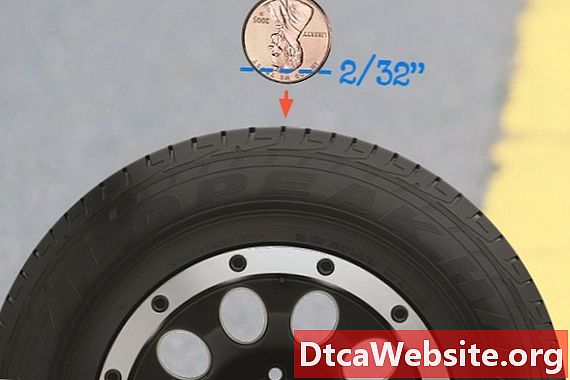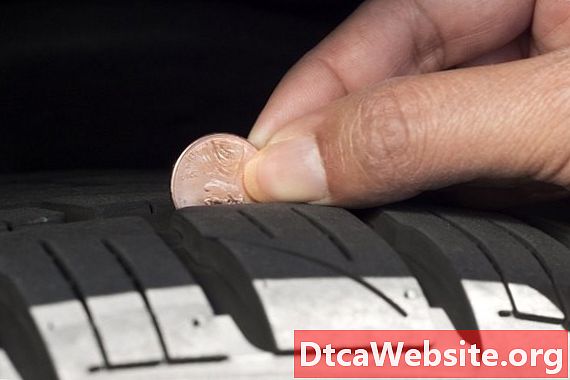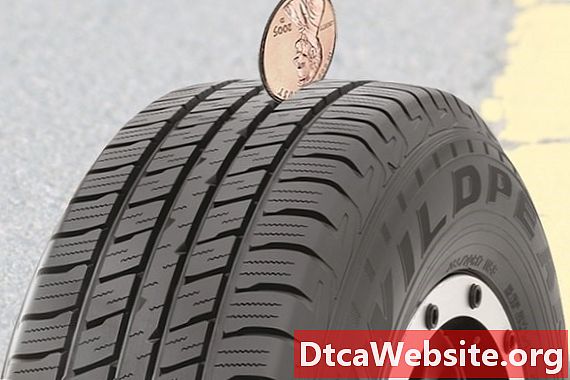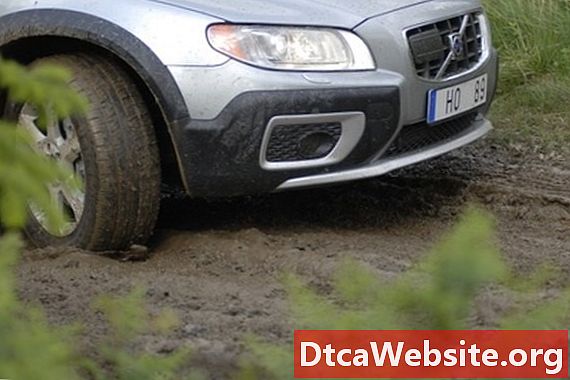
Contenu

The National Highway Traffic Safety Administration (NHTSA) deems tires unsafe and in need of replacement when the tread wears down to 2/32”. At this tread depth, both dry and wet traction are greatly reduced. While a tire tread depth gauge is the best way to get an accurate measurement of remaining tread, a U.S. Lincoln penny can also be used to quickly approximate whether a tire needs to be replaced. For reference, a new tire has around 10/32" tread depth, depending on the manufacturer and model.
Check Tread Depth with a Penny
Flip a penny upside down, and with the top of Lincoln’s head perpendicular to the tire’s surface, insert the coin into the tire’s center circumferential groove.
Check to see if Lincoln’s head is obscured by any tread. Tread depth is greater than 2/32” if part of Lincoln’s head is covered. If none of it is covered, then the tread is worn out.

Warnings
Most state laws define tires with 2/32” remaining tread as worn out. Traction on wet roads is significantly reduced at this tread depth.
Repeat steps 1 and 2 in additional locations along the same circumferential groove in 15” increments to complete each tire’s tread assessment.

Be sure to check the depth of both the inside and outside circumferential grooves, especially when a tire has an asymmetric tread design, like Falken Tires ZIEX ZE950 A/S.

2/32" is the minimum tread depth for both passenger car tires and light truck tires, such as the WildPeak H/T from Falken.
Tips
According to Falken Tire, the minimum recommended tread depth for extreme weather conditions is 8/32”.
Interpreting Wear Indicators

Tires sold in North America are required to have tread wear indicators molded into their design. These indicators run across the tire from shoulder to shoulder and look like raised bars at the bottom of the tread groove. It’s time to change the tire when the tread wears down and matches the height of the indicator.

Understanding Wear Patterns
Having even tread wear is just as important as having enough tread depth. Below are a few common wear patterns and what they mean:
- Inside shoulder wear indicates that there is too much positive camber.
- Excessive center rib wear indicates over-inflation (too much pressure that does not match load speed).
- Outside shoulder wear indicates that there is insufficient tire pressure.
- Cupping (scalloped dips appearing around the edge) can indicate bad ball joints or lack of tire rotation (maintenance).


